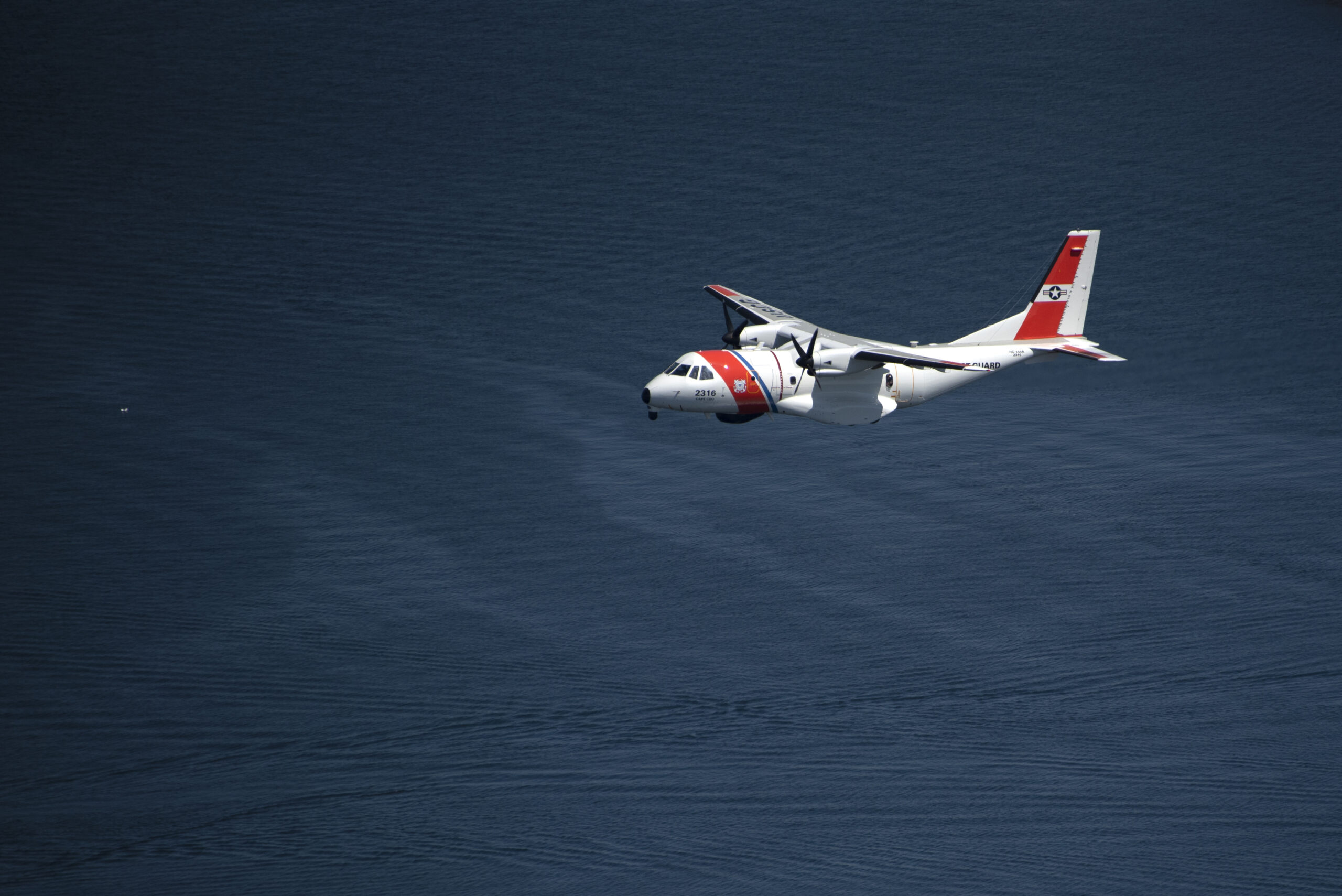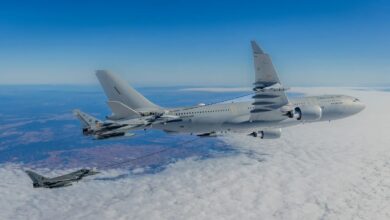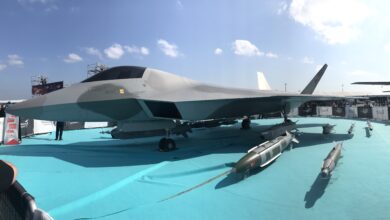The US Coast Guard has finalized works under its H-65 Dolphin Conversion/Sustainment Program and HC-144 Ocean Sentry Refresh framework.
The milestones are part of the service’s transition from the MH-65D short-range medical evacuation helicopters as well as the legacy HC-144 maritime patrol/search and rescue fixed-wing fleet, which have all been in service since the 2010s.
H-65 Dolphin Conversion/Sustainment Program
Under the H-65 Dolphin Conversion/Sustainment Program update, the coast guard deployed its 90th and final MH-65E, which was updated to the latest “Echo” configuration.
Compared to the previous “Delta” variant, the Echo incorporates improved salvage capabilities and new glass cockpit technology for commonality with the force’s MH-60T Jayhawk medium-range helicopter fleet.
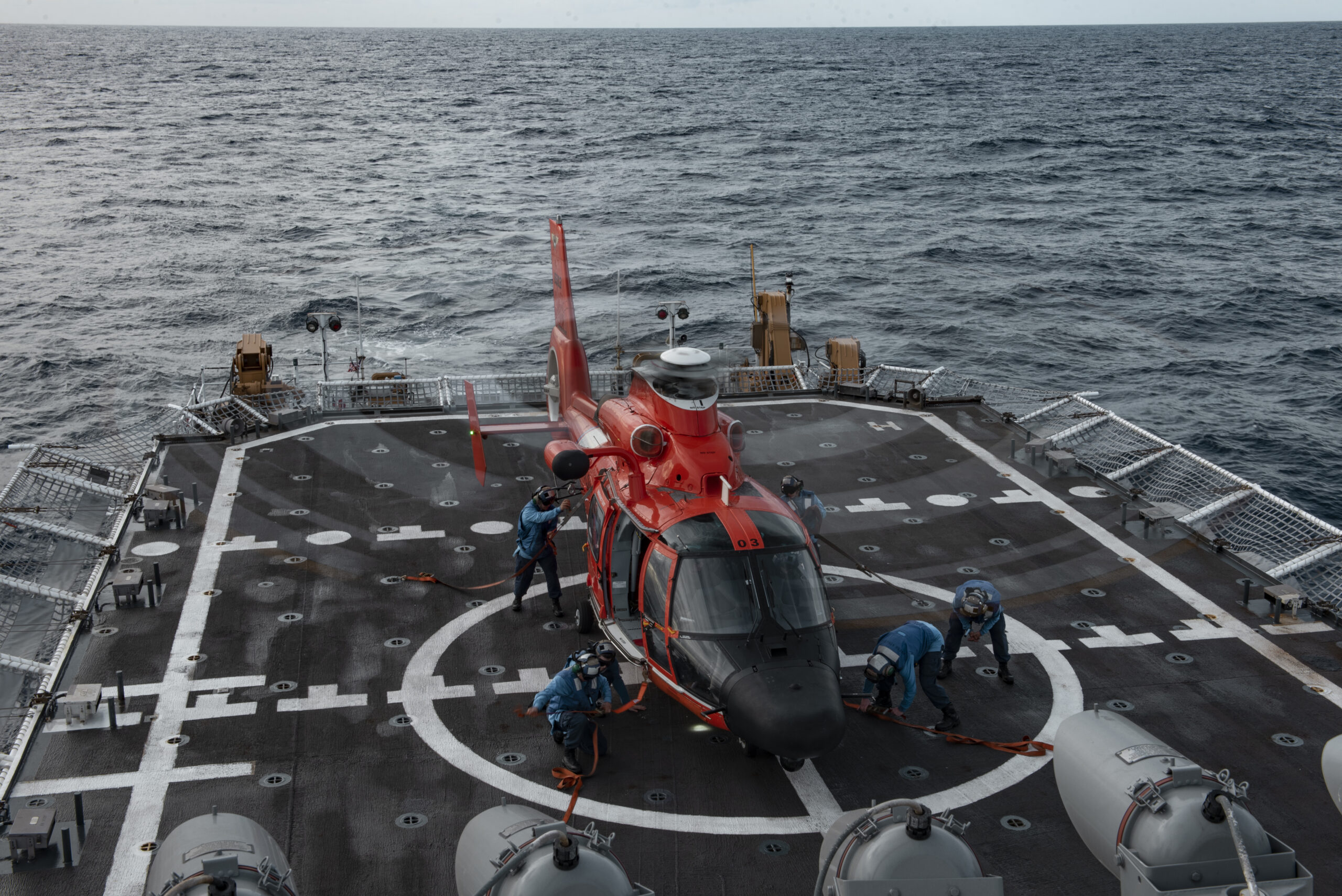
Upgrades also involved revamps on the chopper’s automatic flight control system and digital surface and weather radars. Its multifunctional displays were also programmed with more accurate fuel calculations.
Corresponding tasks for the MH-65Es commenced in 2018 and aimed to produce a unit every 22 days. The coast guard’s Aviation Training Center in Mobile, Alabama, received the first and final aircraft under this program.
HC-144 Ocean Sentry Refresh
Meanwhile, the HC-144 Ocean Sentry Refresh initiative recently sent off its 18th and final HC-144B “Bravo” variant plane fitted with a new flight management system and mission system architecture that will serve as its main navigation, communications, and equipment monitoring avionics.
Additionally, the refresh included the integration of Minotaur mission sensors and radars to boost “data fusion” and “information processing capabilities.”
US Coast Guard Program Manager Pesebra Cartwright highlighted that the overhaul applied to the HC-144B Ocean Sentries results in “faster and more effective” missions.
“Feedback from the fleet on the HC-144B aircraft is overwhelmingly positive,” Cartwright explained.
“I’d rather fly an HC-144B with one operational Minotaur mission system workstation than to fly an HC-144A with a full function legacy mission system pallet. This undoubtedly leads to more lives assisted and/or saved.”
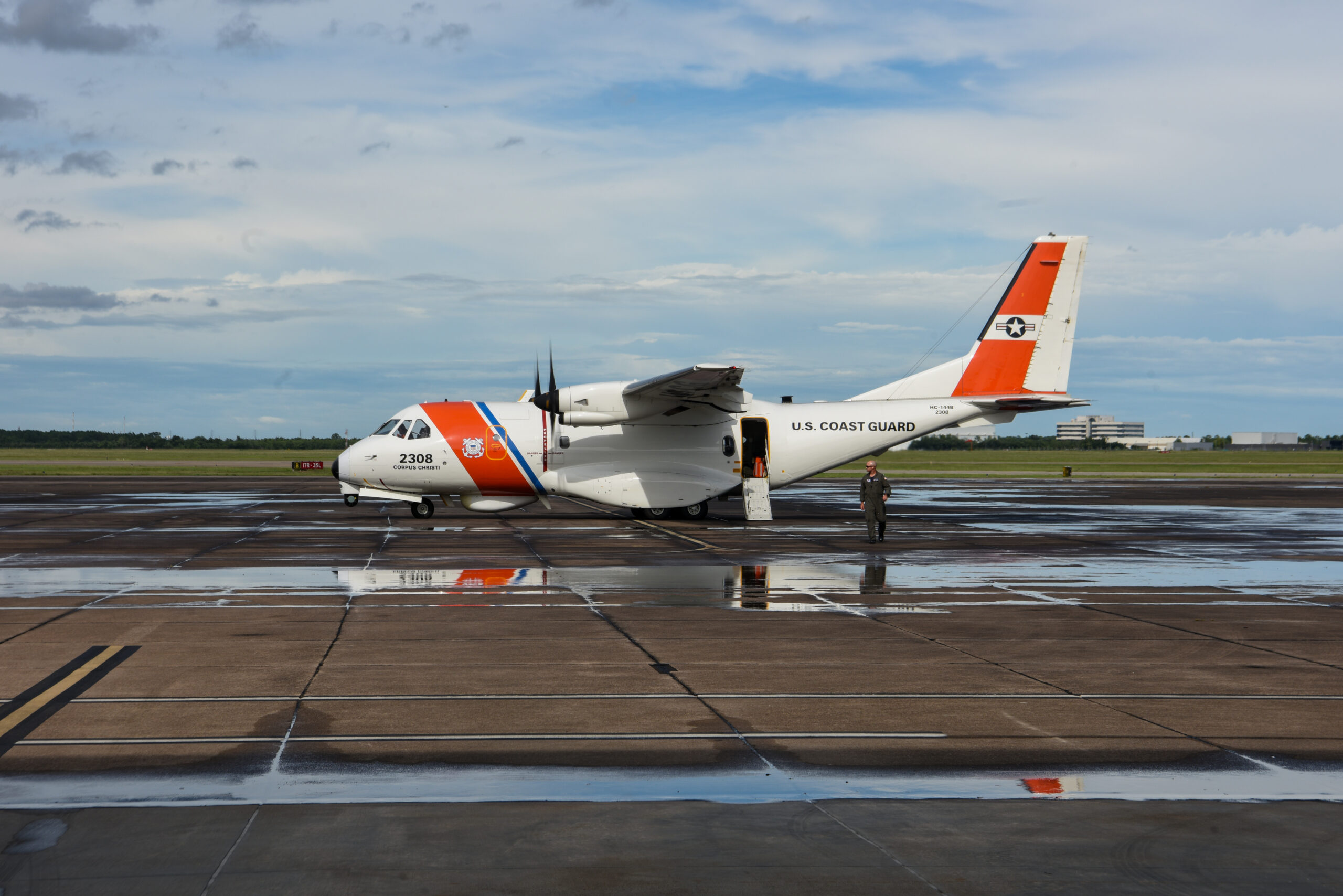
Alongside the primary avionics and Minotaur upgrades, the Bravo Ocean Sentries incorporate high-definition forward-looking infrared or FLIR sensors, new display units, associated software, and direction-finding radio beacons to move forward from the Alpha configuration’s navigational “limits” while securing rapid scans and imaging of vessels and their people onboard.
The Ocean Sentry Refresh started in 2016, with the Minotaur production contract awarded a year later.
The last HC-144B is now stationed at the Coast Guard Air Station Miami in Opa-locka, Florida.

